Delivering Results
12. Identifying Key Outcomes and Tracking Progress
Utah
Leading Example
The Governor’s Office’s Utah Home is a strategic plan stemming from Governor Cox’s commitment to building a sustainable future for current and future generations of Utahns. Since the Governor’s Office released the plan in February 2023, significant strides have been made towards achieving these goals. The Utah Home dashboard provides up-to-date tracking of all goals within Utah Home, as well as the strategies associated with them.
One of the goals of this strategic plan is to expand opportunity for all Utahns through increased representation in leadership, increased access to high-quality jobs and careers, reduced disparities in service delivery, support for small businesses, and a prioritization of inclusive policies and practices. This goal is being monitored and supported by the Governor’s Senior Advisor for Inclusion and Equity, as well as the Utah Division of Multicultural Affairs, ensuring that historically underserved communities have a seat at the table. During the 2023 legislative session, the Governor’s Office championed inclusive legislation, including removing licensing barriers for professionally qualified immigrants, and requiring Utah System of Higher Education colleges and universities to grant residency status to individuals who are not citizens of the United States but have been granted or applied for certain immigration status.
Promising Examples

California
California
In July 2022, the California Governor and the California Environmental Protection Agency released statewide strategic goals on climate and a climate dashboard to measure progress against goals. This complements the recently updated comprehensive, statewide Climate Adaptation Strategy that includes six key priorities supported with goals and actions, each of which has at least one metric to assess progress. Public engagement was a key part of that process and the state will release annual implementation reports that will promote transparency by tracking progress for each action in the Strategy.
Strategic plans are part of a range of departmental level work, like in the Labor and Workforce Agency, including Employment Training Panel, Agricultural Labor Relations Board, Employment Development Department, Department of Industrial Relations, Division of Apprenticeship Standards and state and local plans on career services and job training.

Colorado
Colorado
The Colorado’s Governor’s Dashboard, established in 2019, outlines high-priority strategic goals: energy and renewables, health, crime prevention, reducing homelessness, land use, and the workforce. Progress towards these goals, set by cabinet working groups, is displayed on the publicly available Governor’s Dashboard, with monthly updates. The goals align with agency performance plans. The Governor’s annual budget request links these strategic goals to specific agency activities and outcomes. Agencies develop performance goals considering their impacts on broader equity, diversity, and inclusion efforts, via performance measures in line with broader state goals and analysis of disaggregated demographic data.
Following the enactment of the American Rescue Plan Act (ARPA), the Colorado governor and the legislature identified three strategic areas for investing State Fiscal Recovery Funds (SLFRF), General Fund, and other ARPA awards: Fiscal Integrity; Transformational One-Time Investments (affordable housing, behavioral and mental health, workers and the workforce); and Economic Recovery and Relief. Over the next four years, Colorado will monitor key performance indicators in these areas, such as: housing affordability; homelessness rates; access to broadband; unemployment rate by county; access to quality healthcare, behavioral and mental health, and victim assistance. The Governor’s Office launched a publicly available website detailing ARPA-related spending trends and the outputs and outcomes associated with the major programs.
To enhance state policies and programs, the Colorado Governor’s Office and the Colorado Evaluation and Action Lab jointly developed the Linked Information Network of Colorado (LINC) in 2019. LINC enables data sharing for research and analytics, generating informative evidence about the impacts of state programs. Evidence is shared with agency leadership and staff during cabinet working group meetings. Collaborative projects between the lab and state agencies have improved outcomes in areas such as education, renewable energy, reentry, and racial disparities in criminal justice, prenatal health, and the early childhood education workforce.

Connecticut
Connecticut
GreenerGov CT is a statewide effort to measure progress in environmental sustainability, by reducing energy use, water, waste, and greenhouse gas emissions while lowering operating costs for the state of Connecticut’s government facilities and operations. Connecticut’s state agencies have continued to reduce greenhouse gas emissions by 45% below 2001 levels; reduce waste disposal by 25% from a 2020 baseline; reduce water consumption by 10% from a 2020 baseline; and set additional sub-goals by 2030. The state centralized collection of hundreds of thousands of utility bills from across the state’s operations and facilities to build the public-facing Data Dashboard. GreenerGovCT reports progress in the 2022 GreenerGov CT Progress Report.

Hawaii
Hawaii
At the start of 2023, the Office of Governor Josh Green produced a book highlighting the Governor’s priorities as outlined in his State of the State Address. The book highlights homelessness and housing, the Green Affordability plan, climate change, and the health care crisis as critical elements of the agenda for Hawaiʻi. These critical elements are acted on and implemented by States agencies, with each agency creating programs focusing on these priorities and tracking and report on progress.

North Carolina
North Carolina
While the state does not have an overall strategic plan, the North Carolina Office of State Budget and Management (OSBM) requires that state agencies complete a two-year strategic plan each fiscal biennium. It is a bottom-up approach that fits well with North Carolina’s state government culture. The agencies’ strategic plans include agency or department-wide goals, objectives, and strategies; performance and outcome measures and milestones; existing best practices; and areas for collaboration. The strategic plans conform with the statutory requirement to collect performance information as part of the Governor’s Recommended Budget. OSBM provides strategic planning guidance and facilitation services to support this process. In FY 2023-25, the guidance directs agencies to incorporate diversity, equity, and inclusion concepts into their goals and objectives.
The NC Division of Public Health brought together more than 100 stakeholders from across the state, known as the Perinatal Health Equity Collective, to develop the 2022-26 NC Perinatal Health Strategic Plan. The plan seeks to address both the challenges of structural racism and of the pandemic by focusing on the drivers of health. It calls for adopting and expanding evidence-based and community-centered practices. The Perinatal Health Equity Collective will continue to work with consumer, community, and organizational partners to implement the plan and assess progress.

North Dakota
North Dakota
The office of the Governor has five state wide strategic initiatives to empower people, improve lives and inspire success. The initiatives focus on workforce development, Health, Education, Tribal engagement, and better governance. The initiatives are tracked and reported on a regular basis.

Oregon
Oregon
The Oregon Governor’s Office published a series of strategic initiatives directly related to the current biennium (2021-2023), and specifically helping Oregon “build back better” after the COVID-19 pandemic. These strategic initiatives include a 10-point action plan for economic recovery, informed in partnership with the Governor’s Racial Justice Council, as well as a strategic direction for guiding Oregon’s recovery from COVID-19 within a framework of racial equity and social justice. The 10-point action plan includes concrete priorities and critical investments related to fostering economic growth and recovery in a post-pandemic Oregon. Although tracking outcomes and progress is a decentralized process managed by agencies, the Office of SIEA is tracking agency strategic plans and DEI plans and often these plans are intertwined. Progress Report on Oregon Agency Expectations published June 1, 2023 reports on the status of agency strategic plans and DEI plans. Additionally, the Racial Justice Council worked with communities to establish Future Ready Oregon, a $200 million dollar package that invests in job training with a focus on health care, technology and manufacturing, and construction.

Pennsylvania
Pennsylvania
The Pennsylvania Governor has the following priorities: creating economic opportunity; investing in infrastructure; making government work for you; lowering costs for families; creating opportunity in schools; investing in safer communities for all; ensuring the justice system works; safeguarding our land, water, and air; supporting Pennsylvania farmers; expanding access to healthcare; and holding corporations accountable. Each of these priorities has goals still in development this early in the current administration. These will have performance measures tracked on the state’s open data platform. One such way to trace the progress of accomplishments and outcomes is through the Governor’s Executive Budget Program Measures platform where key program measures for each agency, commission, office, etc. are tracked.
The Pennsylvania Department of Drug and Alcohol Programs (DDAP) developed a four-year State Plan for 2019–22 with the overarching goals of Reduce stigma, Intensify primary prevention, Strengthen treatment systems, and Empower sustained recovery, known as RISE, on the control, prevention, intervention, treatment, rehabilitation, research, education, and training aspects of substance use disorders throughout the Commonwealth. The plan documents collaboration between other state agencies and local organizations in accomplishing these goals and objectives. There is a plan for 2023–26 under development, which is informed by data still being collected from the 2019 plan.

Tennessee
Tennessee
The Tennessee Governor has five priorities: education and workforce development, jobs and rural economic development, transparent and efficient government, Healthier Tennessee, and public safety and criminal justice reform. Specific metrics tied to the success of each priority are publicly displayed on Transparent TN. The Governor’s five priorities set the foundation for each cabinet-level department to create annual strategic plans, which drive department operations each year from October through the following September. In addition, through Tennessee’s Office of Customer Focused Government (CFG), statewide and agency goals are aligned in a deliberative operational planning process. CFG plans serve as the operational plans tracking key customer service areas and operations for each department. Each department’s operational goals and subsequent performance measures must focus on key service offerings (customer-facing services); budget, finance, and accounting; human capital and talent management; technology systems and equipment; and legal, audit, and risk management.

Vermont
Vermont
Vermont’s 2018-2023 Strategic Plan includes four statewide goals: the economy, affordability, vulnerability, and modernization. These priority areas were established by a 2017 Vermont executive order, which required all agencies “to establish the following cornerstones as their strategic and operational goals: growing the Vermont economy; making Vermont an affordable place to live, work, and do business; and protecting vulnerable Vermonters.” The State is currently in the process of developing a new strategic plan that is more data and outcome focused.
